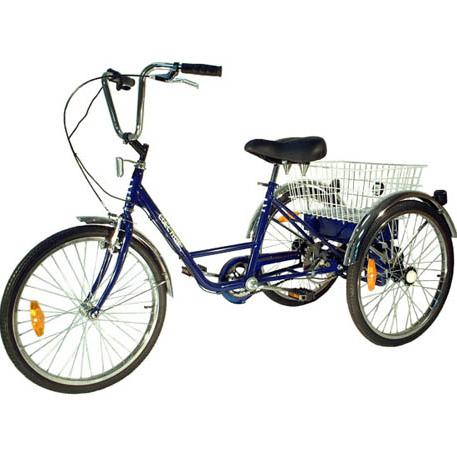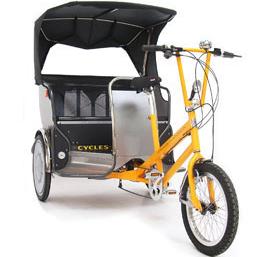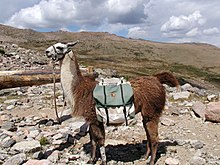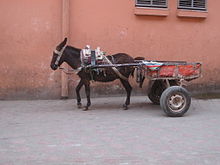It is a good thing that I got to them when I did because they are changing their name to something less charming. Oh well that is the way the corporate dice fall. Anyway, to me these people look like up and comers so to speak, so:
http://iwantrenewableenergy.com/
Yes, its true…after many months of planning and good counsel, GreenUP Energy Solutions will begin taking steps to change its name to Green Building Solutions Inc. GreenUP is owned by someone who also was a part owner in a construction company. Now with a new team and direction in place, It has been decided to be necessary to create a name and brand that will suit our portfolio of services and clients. We thank you in advance for your patience and understanding as we take, what we feel are the necessary steps to building a solid infrastructure for all our partners and associates to grow from.
Green Building Solutions is a diverse company offering many services revolving around construction and renewable energy. We offer a variety of wind and solar options as well as full service installation. Green Building Solutions offers a variety of construction services specializing in building alterations, new construction, interior finishes and systems, with over 15 years of experience in Retail, commercial, industrial and residential. Green Building Solutions is a reliable resource for all your construction and go green needs!
Looking to build a NEW greener Smart Home? Contact us today and mention the Smart-House promotion! We have tons of designs to choose from.
Browse our products and services for more information on how we can help you or your Home or Business go green. Visit our contact page and someone in our sales team will respond with-in 24 hours. We look forward to working with you.
Visit our News Archive
GreenUP Energy Solutions is changing its name…
June 30, 2011
Yes, its true…after many months of planning and good counsel, GreenUP Energy Solutions will begin taking s…
9 things to know about wind turbines
July 26, 2010
Used to be if you wanted to put a wind turbine up at your house you either had to live on a remote farm, or grow y…
New Products with GreenUP Energy Solutions
July 26, 2010
GreenUP Energy Solutions is proud to announce that we have added a new line of products to our renewable energy ar…
July 26, 2010
We hope you like the brand new look to our web site. We have made numerous changes included the design and c…
:}
Have a great weekend everybody. More next week.
:}

 SunWize West Coast distribution facility in Rancho Cucamonga, CA.
SunWize West Coast distribution facility in Rancho Cucamonga, CA. You may have noticed that, as of today, electric vehicles account for a TINY percentage of all the cars, motorbikes, scooters and bicycles on sale.
You may have noticed that, as of today, electric vehicles account for a TINY percentage of all the cars, motorbikes, scooters and bicycles on sale.
 You see, my parents have insured me on their little Peugeot 207 diesel – and while that’s great – I have some ideas of my own for the future when it comes to car ownership.
You see, my parents have insured me on their little Peugeot 207 diesel – and while that’s great – I have some ideas of my own for the future when it comes to car ownership.
 So, is it possible to find a lively, good-looking, fuel-miserly set of electric wheels at this moment in time? If not, when? One year from now? Two years? By the time of my pension?
So, is it possible to find a lively, good-looking, fuel-miserly set of electric wheels at this moment in time? If not, when? One year from now? Two years? By the time of my pension?
















